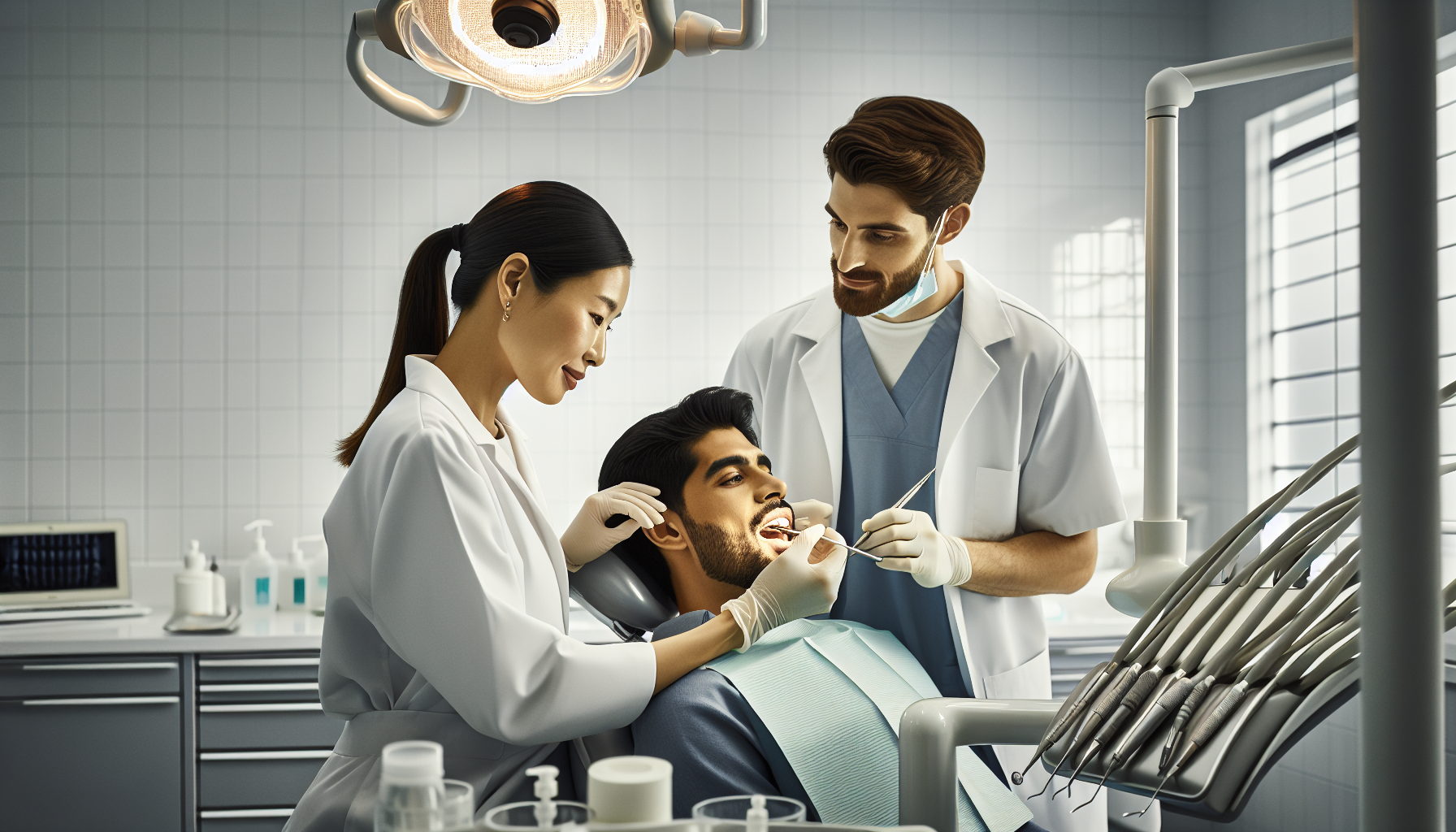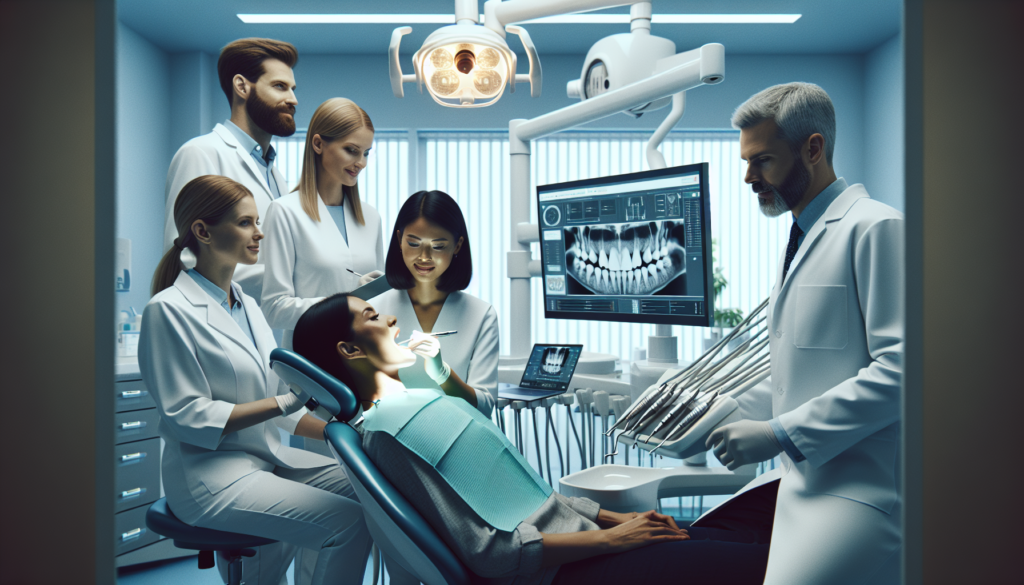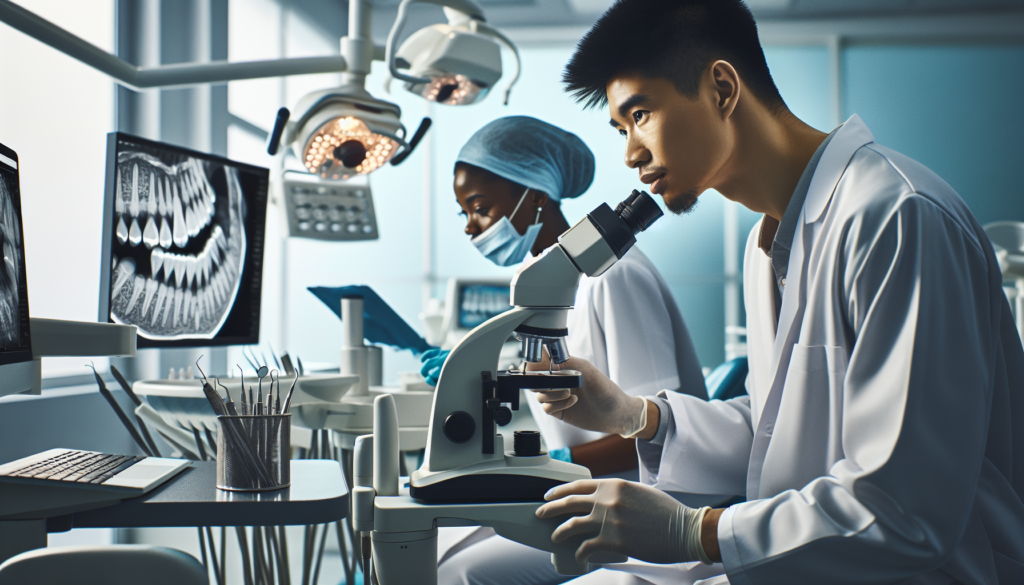Bone Regeneration: The Key for Successful Dental Implants After Extraction
Ready to take the next step toward a confident smile and stronger daily habits? Discover how healing, growth, and resilience connect both in your dental health and in life. Learn more at The Habit Method.
Introduction: Why Bone Regeneration Matters After Tooth Extraction
When a tooth is extracted, the body immediately begins to remodel the surrounding bone. Unfortunately, this natural process often leads to bone loss if left unmanaged. For patients planning on dental implants, bone regeneration becomes the cornerstone for creating a strong foundation that will hold the replacement tooth long-term.
Dental implants rely heavily on jawbone volume and density to ensure proper anchorage. Without sufficient bone, implants can fail to integrate efficiently. Therefore, bone regeneration techniques play a crucial role in ensuring the stability, functionality, and aesthetics of the implant site.
Understanding the Connection Between Tooth Extraction and Bone Loss
After extraction, the absence of a tooth root means the jawbone receives less stimulation from chewing forces. Over time, this leads to bone resorption — a process where bone tissue gradually diminishes. This reduction can affect the alignment of neighboring teeth, cause facial sagging, and reduce the available bone for future implant placement.
- Immediate bone loss typically begins within the first six months after extraction.
- Severe bone resorption may make implant installation more difficult or even impossible without grafting.
- Preservation of bone height and width is essential for maintaining the natural contour of the face.
What Is Bone Regeneration in Dentistry?
Bone regeneration in dentistry refers to the surgical procedures designed to rebuild lost or deficient bone in the jaw. It’s commonly accomplished through guided bone regeneration (GBR) — a technique that uses grafting materials and membranes to encourage bone regrowth at the implant site. The body’s natural healing processes are stimulated, producing new bone tissue where needed.
Different materials are used for bone regeneration:
- Autografts: Bone harvested from the patient’s own body (e.g., the chin or hip).
- Allografts: Bone sourced from a donor, processed for safety and compatibility.
- Xenografts: Derived from animal sources, primarily bovine bone, suitable for volume augmentation.
- Alloplasts: Synthetic graft materials designed to mimic natural bone structure.
Latest Techniques in Bone Regeneration for Dental Implants
Advances in regenerative dentistry are transforming how dentists approach implant preparation. Modern treatments aim to reduce patient discomfort and accelerate healing.
- Platelet-Rich Plasma (PRP) and Platelet-Rich Fibrin (PRF): These use the patient’s blood to create a concentrated mix of growth factors, stimulating faster bone and soft tissue repair.
- Stem Cell Technology: Experimental procedures leverage stem cells to enhance bone regeneration, opening pathways for highly personalized dental treatments.
- 3D-printed scaffolds: These precisely shaped structures guide bone growth and can be customized for each patient’s unique anatomy.
- Minimally invasive grafting: Modern procedures utilize small incisions and faster recovery methods to improve patient experience.
The Role of Bone Regeneration in Implant Stability and Success
For a dental implant to succeed, it must integrate tightly with the jawbone through a process called osseointegration. This biological bonding ensures that the implant acts just like a natural tooth root.
When bone regeneration is properly executed before or during implant placement, it directly enhances the implant’s long-term stability. Patients can expect:
- Improved strength and load-bearing capacity of the jawbone.
- Reduced risk of implant failure due to bone deficiencies or poor osseointegration.
- Enhanced aesthetics because regenerated bone supports natural gum contours and facial structure.
Recent clinical studies show that guided bone regeneration significantly increases implant survival rates when compared to non-grafted sites.
BMC Oral Health, 2025
Clinical Benefits: Faster Healing and Enhanced Aesthetic Outcomes
Beyond structural stability, bone regeneration delivers several aesthetic and functional benefits. A regenerated jawline maintains its volume and shape, contributing to a youthful, balanced appearance. Additionally, improved bone quality shortens healing time, allowing for quicker transition to permanent implants.
Patients who undergo bone grafting typically experience:
- Optimized blood flow at the surgical site, promoting tissue health.
- Improved implant integration with reduced post-operative complications.
- Natural-looking results that blend seamlessly with existing teeth.
Evidence-Based Approaches and Case Studies
Evidence-based dentistry ensures that every treatment follows proven scientific protocols and clinical data. In modern implantology, bone regeneration is guided by controlled studies and successful case examples demonstrating its reliability.
For instance, research confirms that patients receiving regenerative therapies before implant placement exhibit a much higher success rate over five years compared to those who did not receive grafting. This underscores the importance of individualized care and precise diagnostic imaging.
How Patients Can Support Bone Regeneration After Extraction
Even with advanced techniques, the patient’s role remains vital. Post-extraction and bone grafting care should focus on encouraging proper healing and maintaining jawbone health.
- Follow dietary recommendations: A diet rich in calcium, vitamin D, and protein supports bone metabolism.
- Practice excellent oral hygiene: Keep the area clean while avoiding direct brushing of the surgical site.
- Stay hydrated: Adequate water intake helps flush toxins and boosts healing.
- Avoid smoking and alcohol: Both can significantly impair bone healing processes.
- Attend follow-up appointments: X-rays and checkups allow your dentist to monitor regeneration progress.
Looking Ahead: The Future of Regenerative Dentistry
Regenerative dentistry is rapidly evolving. New methods such as bioactive materials and growth factor delivery systems are being developed to enhance the predictability of bone formation. AI-assisted design tools now allow dental professionals to simulate implant procedures digitally, improving precision and shortening surgery times.
In the near future, regenerative approaches may extend beyond bone reconstruction to include full tooth tissue engineering — merging biology and technology for organically restored smiles.
Conclusion: Building Strong Foundations for Long-Term Implant Success
Bone regeneration stands at the intersection of science and nature’s healing capacity. It restores the foundation necessary for lasting dental implant success while preserving facial harmony and oral health. When guided by proper planning, skill, and patient compliance, bone regeneration offers patients renewed confidence and comfort to smile again.
Transform your smile and strengthen your daily life habits with resilience and purpose. Discover more insights and personal growth lessons at The Habit Method.
Frequently Asked Questions
- 1. What exactly is guided bone regeneration (GBR)?
GBR is a surgical process that uses barrier membranes to guide new bone growth where needed, especially around dental implant sites. - 2. How long does it take for bone grafts to heal before implant placement?
Most bone grafts require 4–6 months to fully integrate and create a stable base for the implant, depending on individual healing rates. - 3. Can bone regeneration fail?
While success rates are high, factors such as infection, smoking, or poor oral hygiene may inhibit bone growth. Close monitoring ensures early intervention if needed. - 4. Are synthetic bone graft materials safe?
Yes. Synthetic and natural graft materials undergo biocompatibility testing to ensure they integrate safely with natural bone tissue. - 5. Is bone regeneration painful?
Discomfort is usually minimal and managed with modern anesthesia and post-operative care instructions. Most patients resume normal activities within a few days.
Post Disclaimer
DentalUp is for educational purposes only and cannot accept personal dental information such as x-rays, photos, or treatment details. See full disclaimer here.





